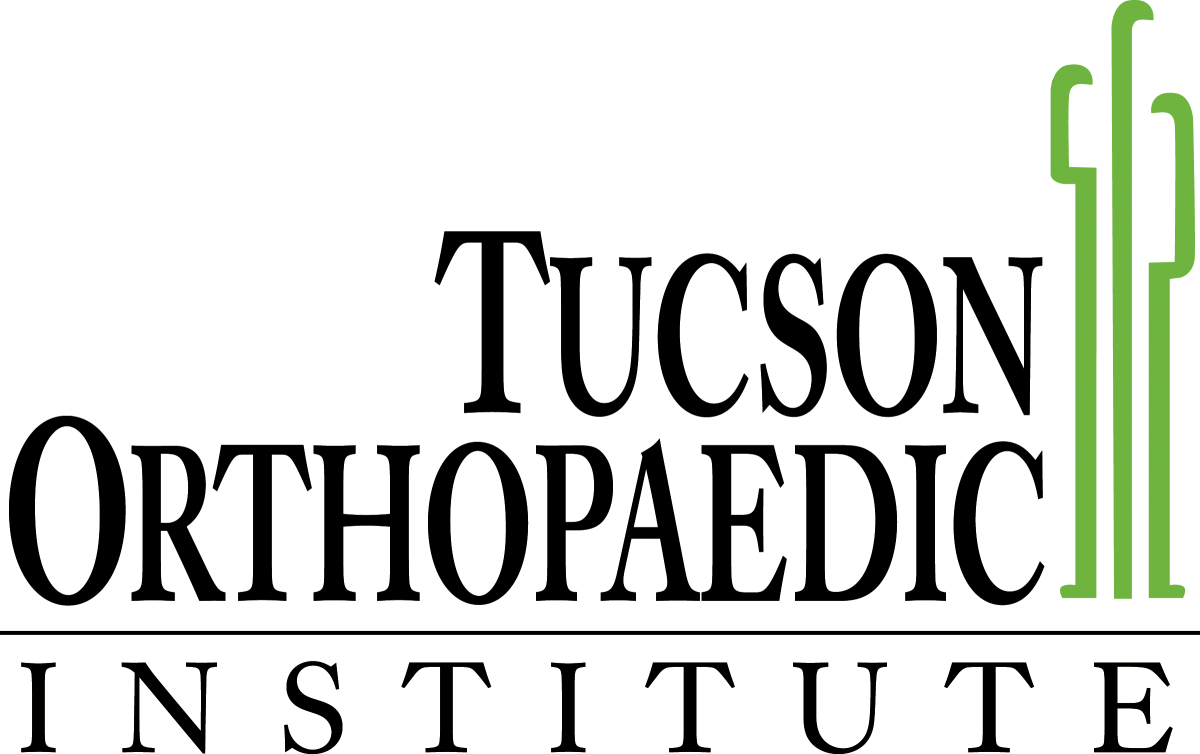TMC’s Tucson Orthopaedic Institute Improves Patient Outcomes with Surgical Precision
Source: Inside Tucson Business published on May 26, 2017
Written by Logan Burtch-Buss
Photo Credit to Eric Suhm
When Tucson resident Melissa Anderson underwent her first full knee replacement surgery in 2010, she said the painful rehabilitation process lasted three months. Roughly two months ago, Anderson received her second full knee replacement surgery, and it only took seven weeks before the 65-year-old woman was out dancing and riding a recombant bicycle with her husband, John.
Anderson’s most recent surgery took place at TMC’s Tucson Orthopaedic Institute with the use of Stryker’s Mako Robotic-Arm Assisted Total Knee application.
Typically, a knee replacement is done using manual instruments, and cutting-guides have to be placed and positioned according to a surgeon’s visual, said Dr. Russell G. Cohen, who handled Anderson’s second replacement. Traditional replacements are taught in a certain manner and guides are placed in similar fashion for all patients.
But not every knee is the same, Cohen said, and he said one of the pitfalls of knee replacement is the recovery time because the process involves recreating “soft tissue tensioning.” By having a robot with which the patient’s anatomy is registered from a CAT scan, the physician can feel how they want the knee to end up before ever starting the procedure, rather than make the cuts and try to catch up and make everything fit just right.
By fine-tuning every procedure to the physical specifications of each patient down to the millimeter, the recovery process is expedited, and patient satisfaction is improved as a result.
“I was absolutely shocked at the difference with the difference I felt between the first one and the second one,” Anderson said. “There is a really deep knee-bone pain you get with that kind of surgery … and I didn’t have it. I was worried about doing it again because I didn’t want to spend another three months recovering, but I was released from [physical therapy] in four weeks.”
Cohen has completed several dozen Mako Total Knee surgeries, and said a great majority of those patients have left the hospital the following day, all recovering much like Anderson. In addition to the implementation of the Mako, Cohen said credit for recovery improvement must also be given to improvements to anesthesia practices and other hospital procedure.
Though TOI has already been recognized for its excellence in orthopedic practice, constantly improving upon that level of service is of the utmost importance to TMC moving forward, said chief operations officer Karen Mlawsky.
Mlawsky added that with a “superstar” like Cohen in such an important practice such as orthopedics, in which TMC holds the majority market share, it is important to continue to support physicians and surgeons, and implementing robotics does just that.
“TMC believes that it is really important for us to partner with our physicians, and when one comes forward and says that they believe the technology is going to make an impact on our patient’s outcomes, we want to listen,” she said. “We believe that orthopedics is very important to us, we believe that robotics is very important to us, and the other side of that is our role in Tucson. We are the only community hospital and we think it is important to do things that help people stay well. This technology is about getting people well quickly and keeping a person active, that’s our mission.”
According to TMC, total knee replacements in the United States are expected to increase 673 percent by 2030, and Cohen said the success of the Mako in handling full knee (and hip) replacements bodes well for the community’s future.
“There are some things that are very much a physician or surgeon looking at and trying to create whatever they are doing in the right space or angle, and I think with imaging technology and the Mako, it can be a homerun every time instead of most of the time,” he said.
Anderson, who now considers herself an advocate for the robotic knee replacement, said the outcome from her own operation was an absolute success, and said she would work with any potential patient nervous at the prospect of going under the robotic knife.
“It’s just incredible,” she said. “I was so surprised because I was ready to do that three month thing, and not to not have to do that is such a gift. Not to have that deep knee pain, that bone pain, is amazing.”
